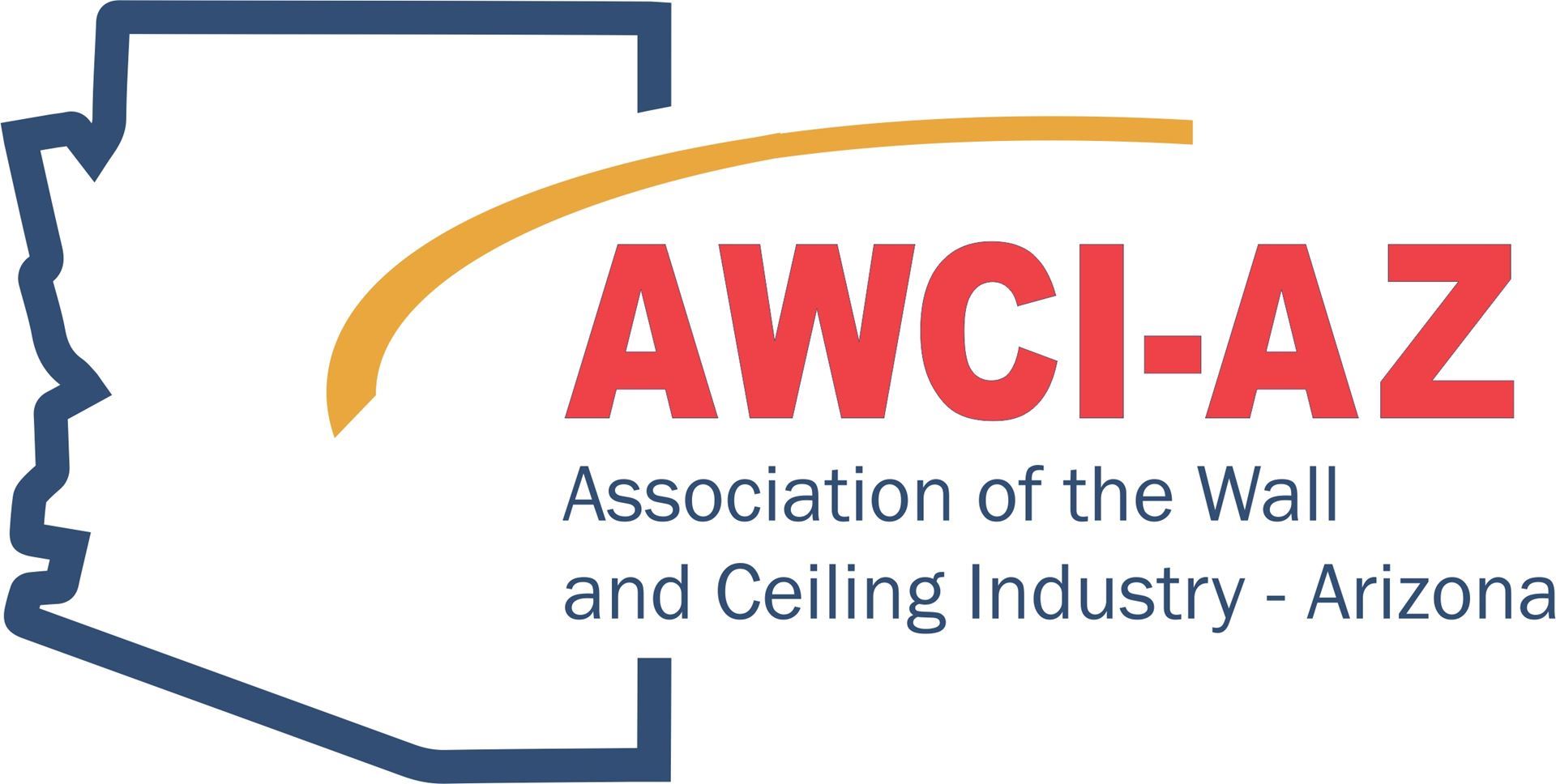|
AWCI-AZ TECHNICAL COMMITTEE PUBLIC BULLETIN BOARD
Committee Chair: Rick Sanetra, Action Gypsum Supply
As a member of AWCI-AZ, you are privy to our industry leading technical communications, specifications, alerts, and information. If you would like to be a part of the Technical Committee, please contact Connie for more information.
Technical Committee Mission:
The mission of the AWCI Technical Committee is to promote quality construction in the industry by ensuring its members are able to follow the best construction practices in the process of completing their projects and achieving their financial goals.
In order to achieve this, the technical committee must identify the kind of problems that negatively impact the performance of their members and help them overcome these issues through the dissemination of information, education, and industry group action.
The committee will seek the experience, input, and participation of its members and other technical experts as well as code reports and specifications as a means of achieving this goals.

.png)







